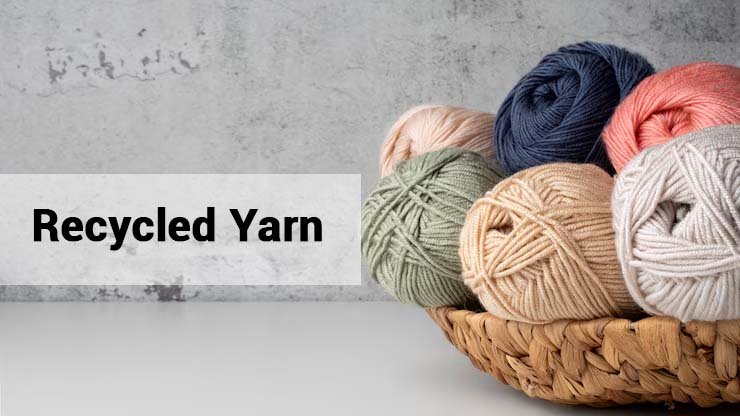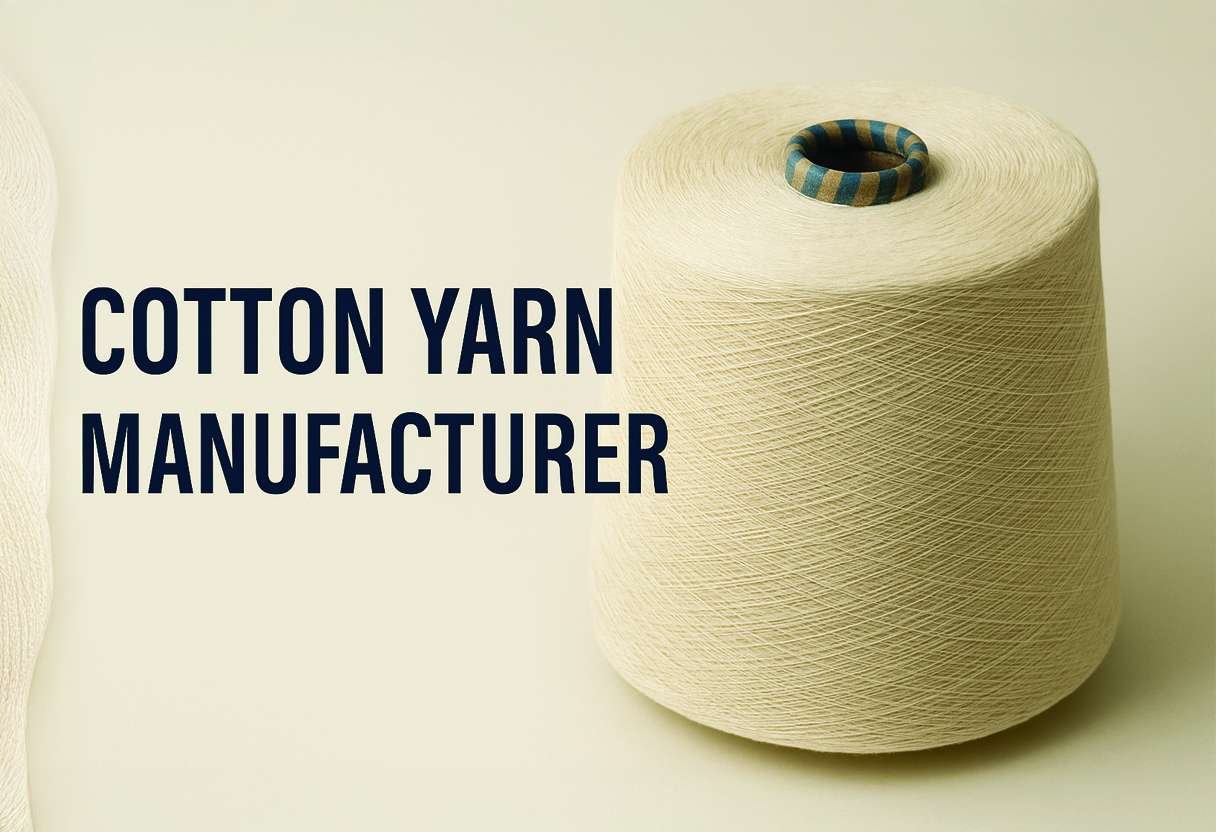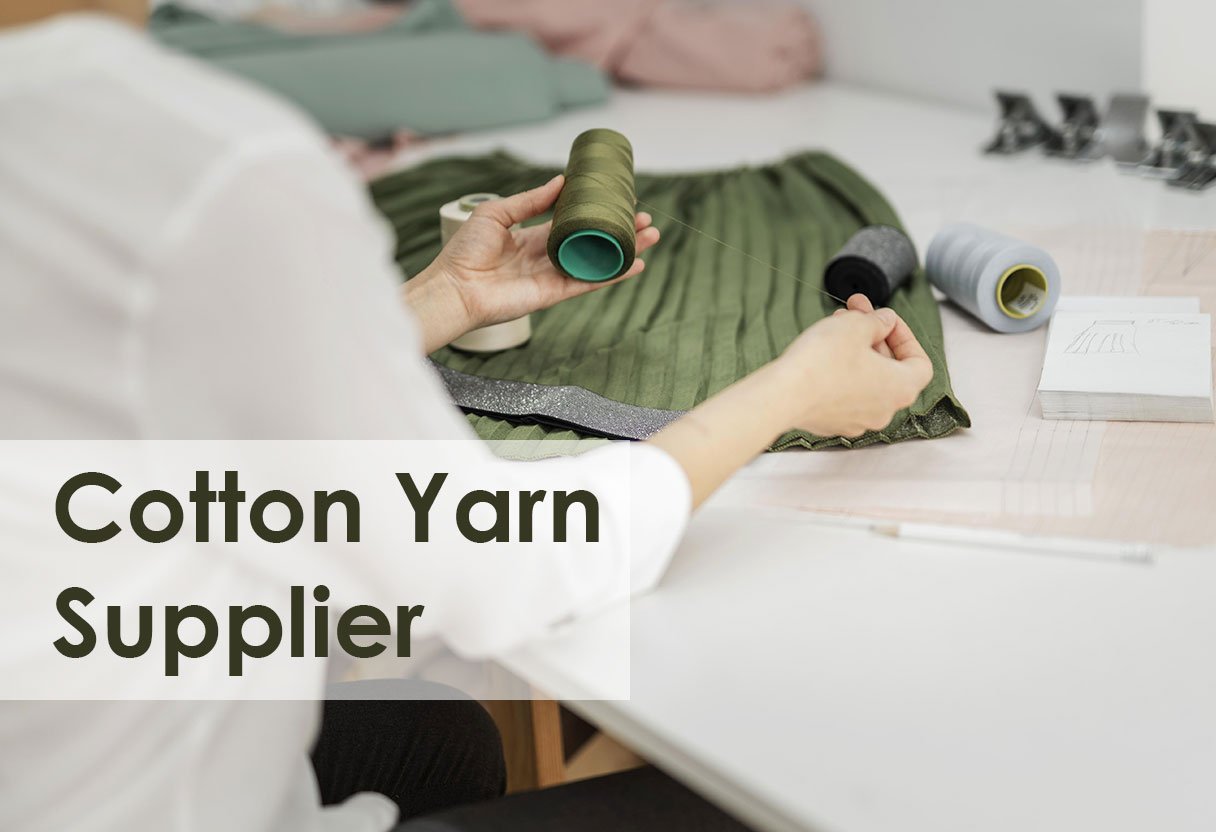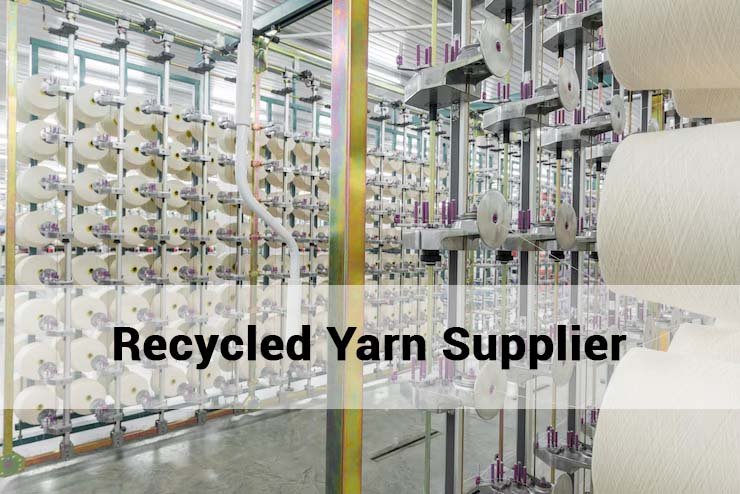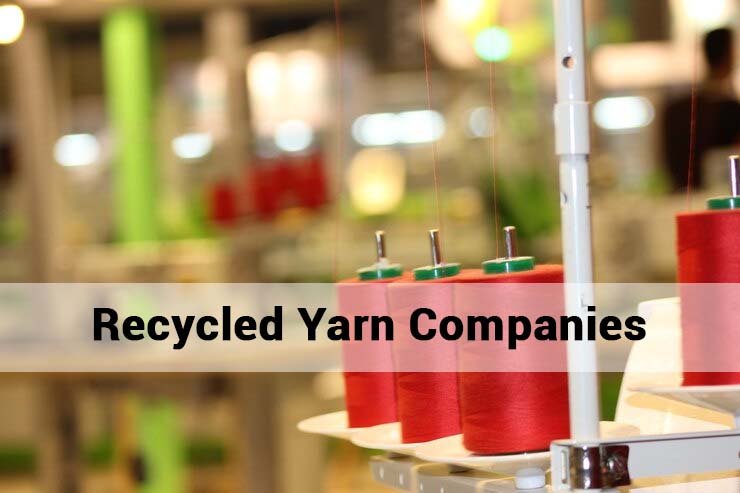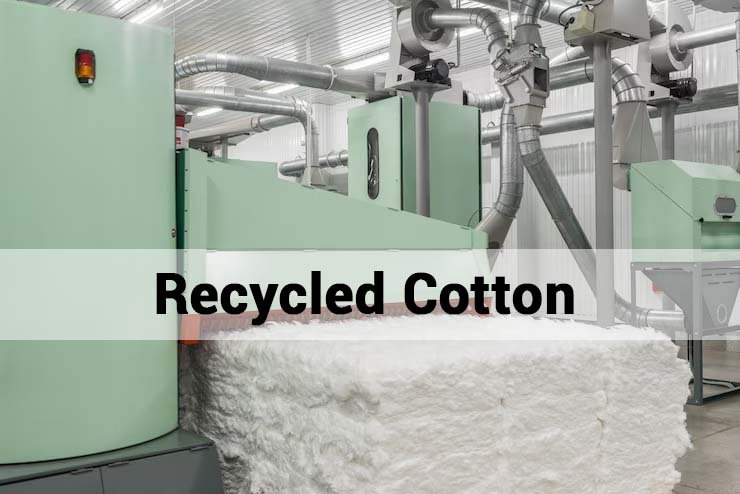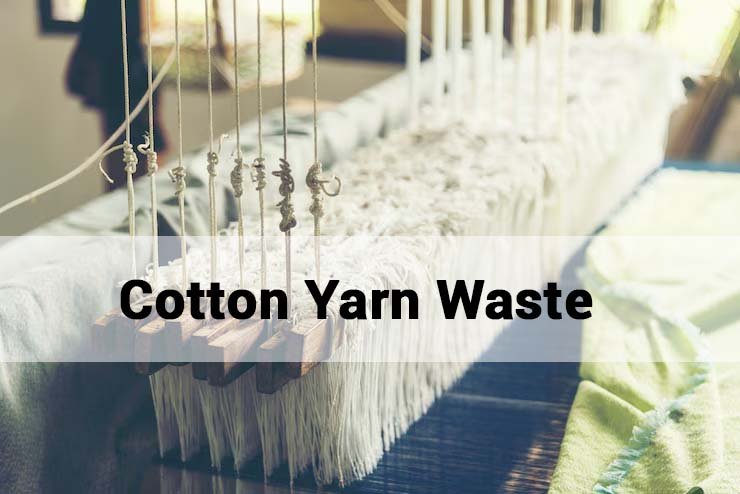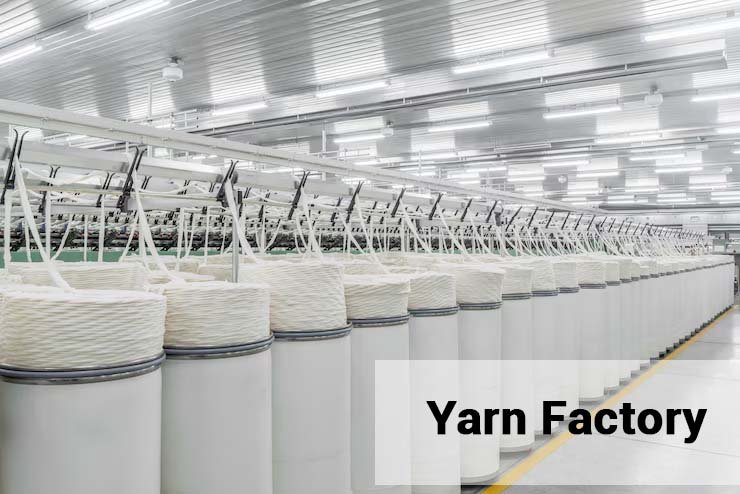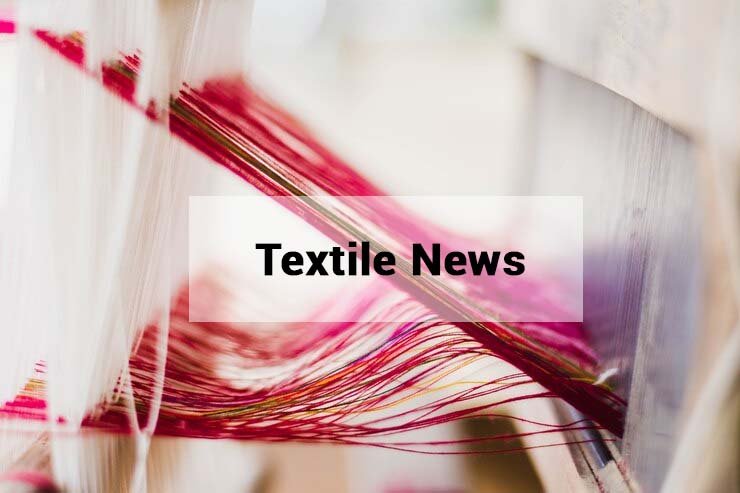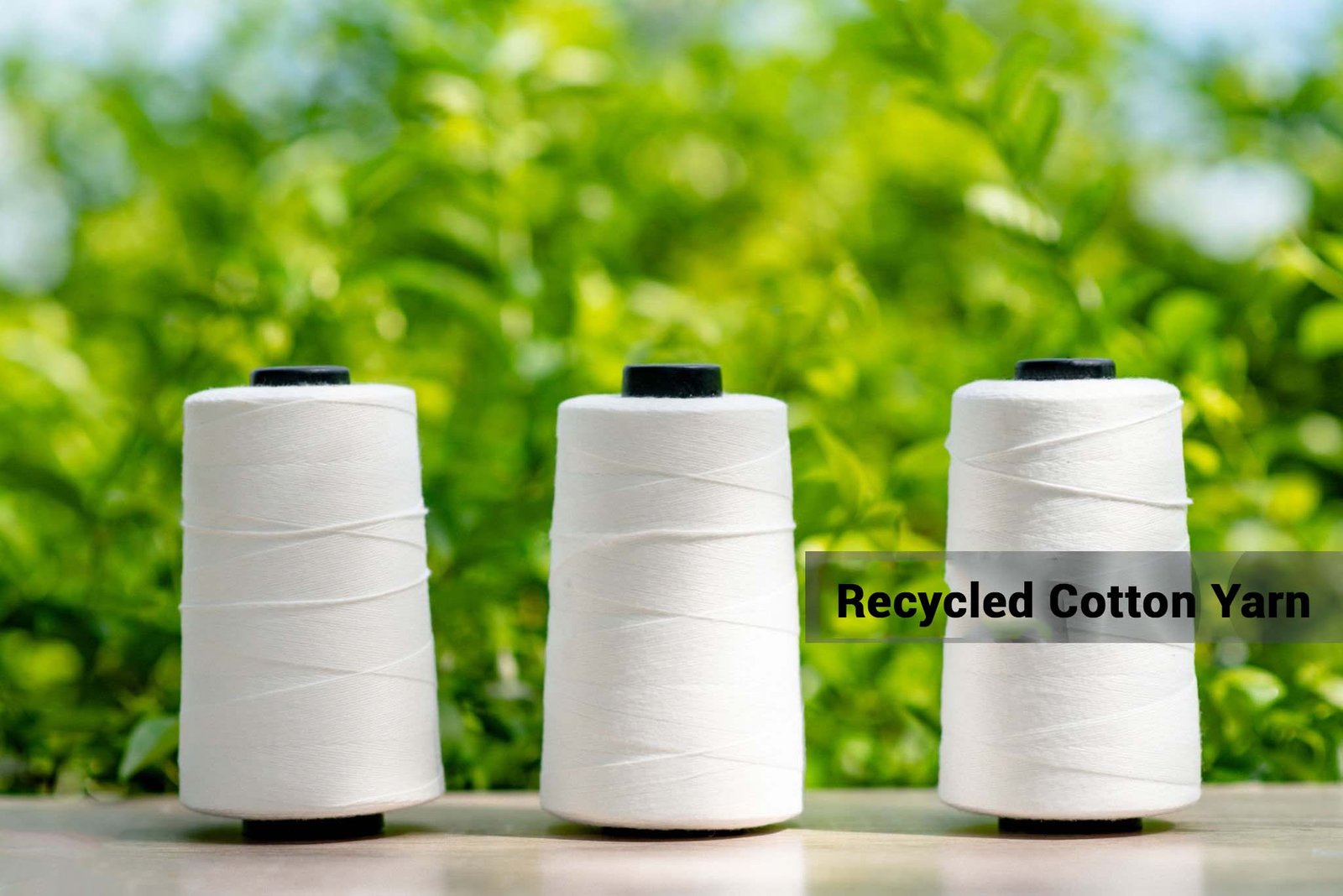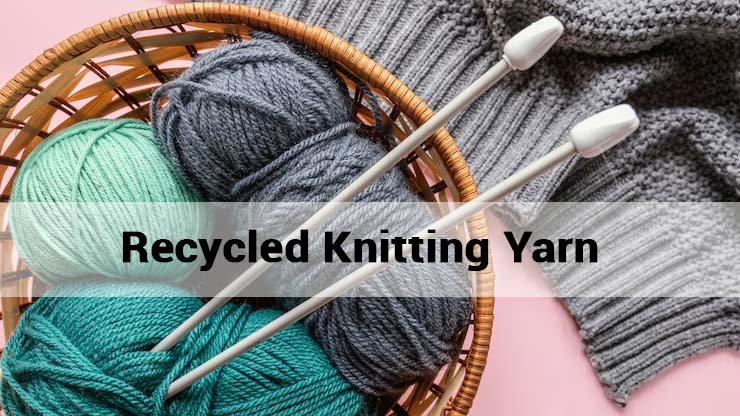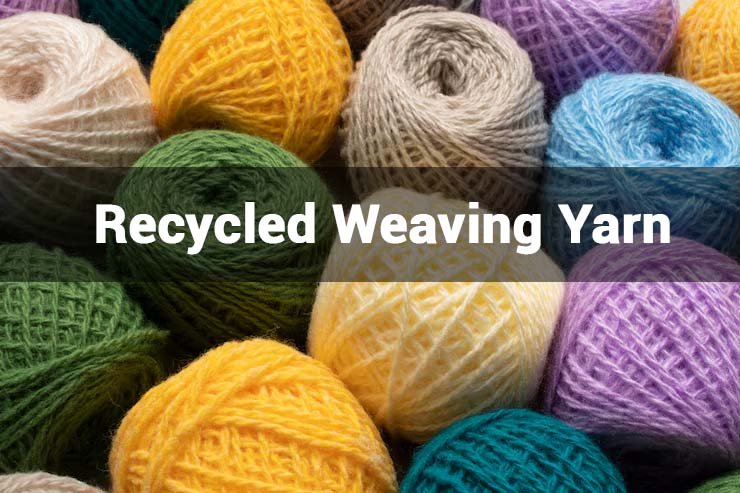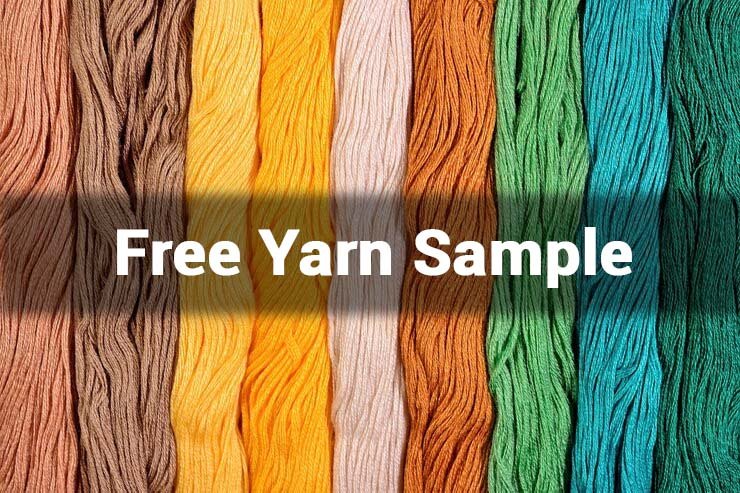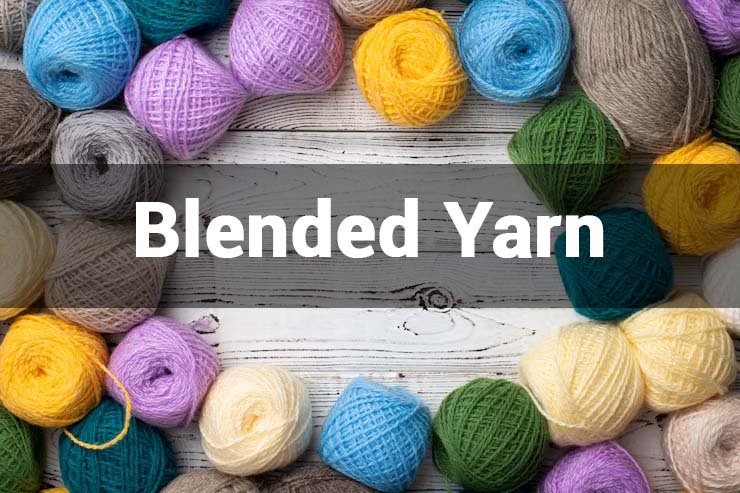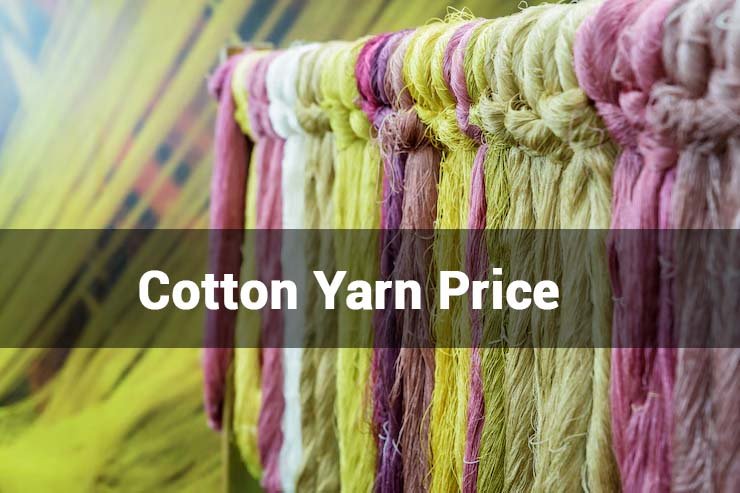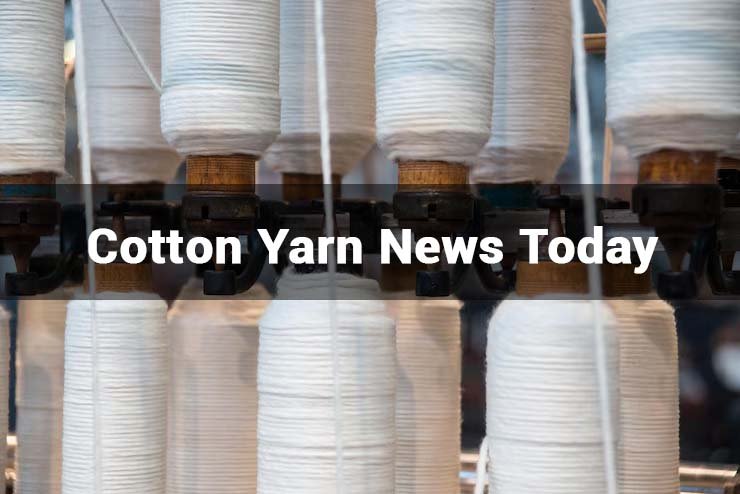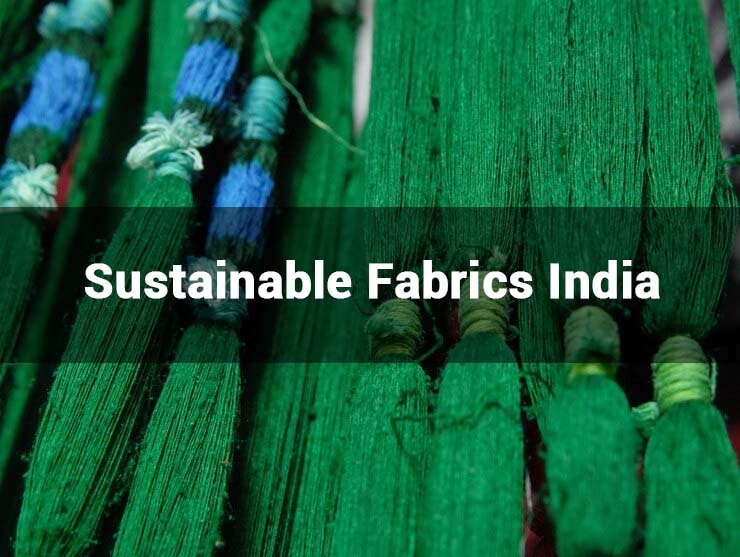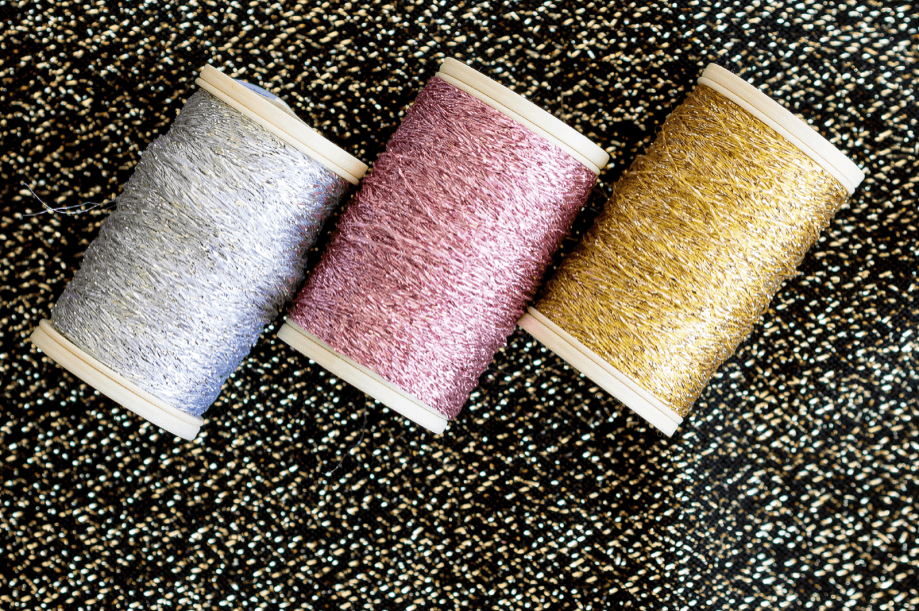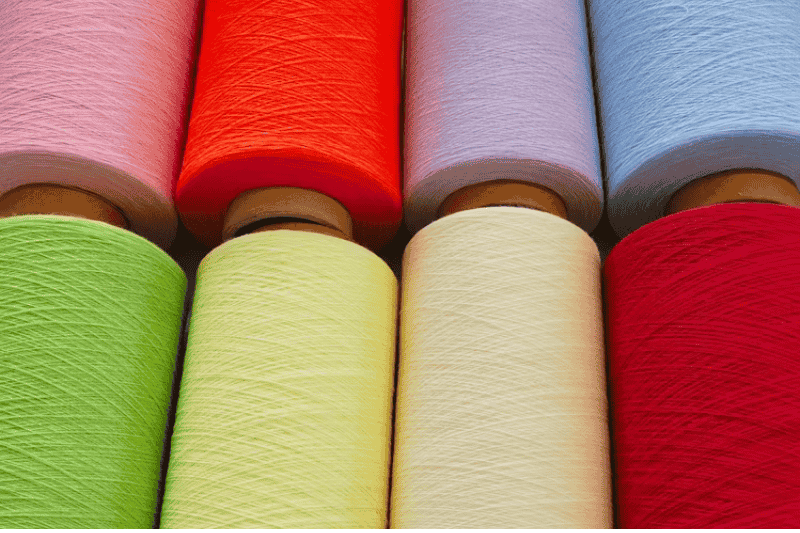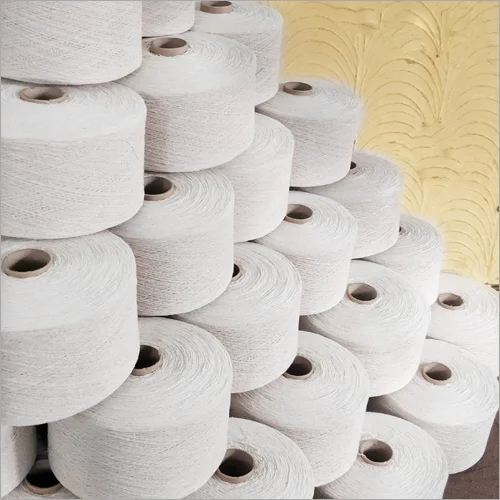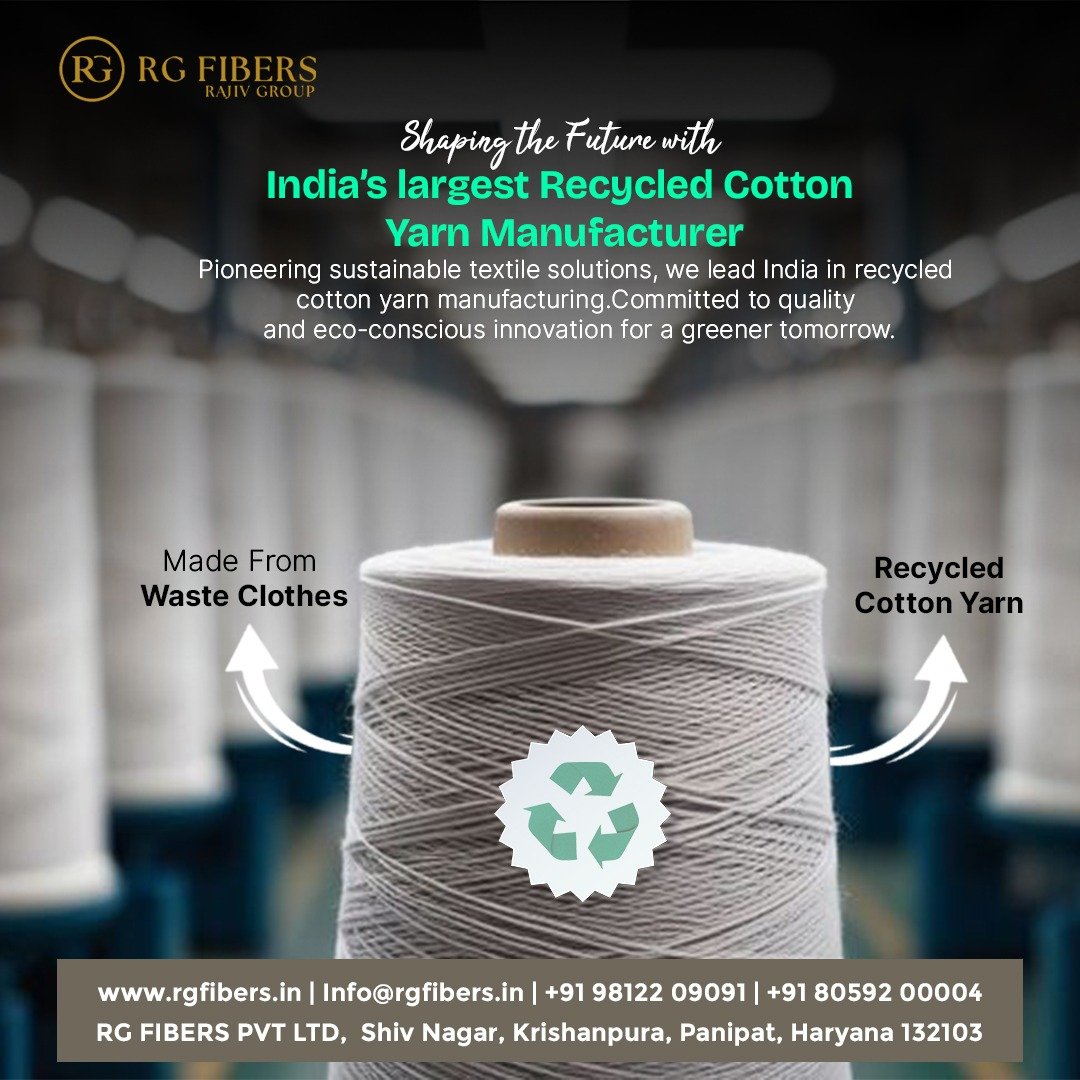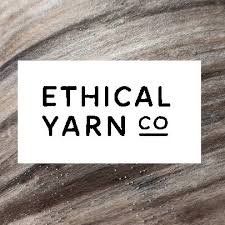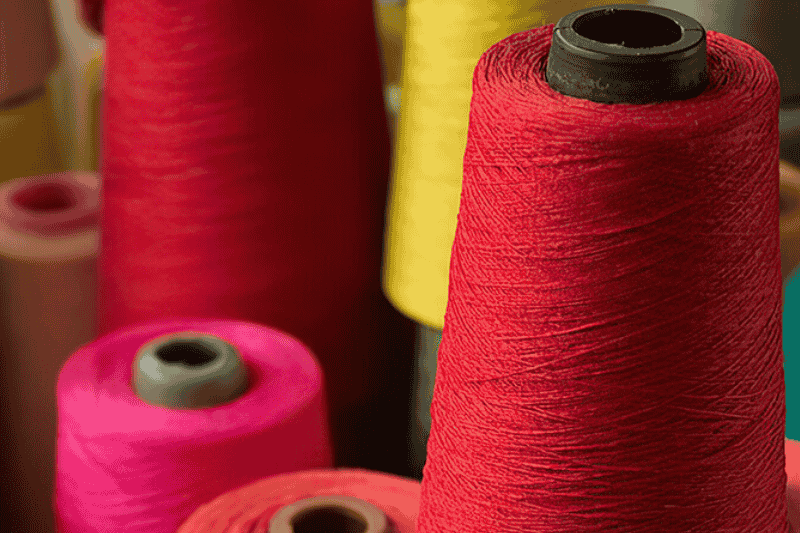
Alok Rana / Date: 18 Jul, 2025
The Ultimate Guide to Recycled Yarn for Eco-Friendly Knitting
In a world increasingly aware of its environmental footprint, knitting enthusiasts are weaving a new narrative: one that transforms waste into wonder. Welcome to "Transforming Waste into Wonder: The Ultimate Guide to Recycled Yarn for Eco-Friendly Knitting." Here, we delve into the vibrant realm of recycled yarn, where discarded materials are reborn into beautiful creations that not only soothe the soul but also nurture our planet. Each skein tells a story of sustainability, providing you with the tools and inspiration to craft stunning projects while championing eco-friendly practices. Whether you're an experienced knitter or just beginning your creative journey, this guide will illuminate the diverse options available, from chunky recycled blends to lightweight alternatives. Join us as we explore techniques, tips, and the joy of knowing that each stitch contributes to a greener future. Let’s turn your next knitting project into a celebration of ingenuity and environmental consciousness!
The Environmental Impact of Traditional Yarn Production
Traditional yarn production, while yielding the soft, colorful threads we adore, comes with significant environmental costs. The cultivation of natural fibers like cotton and wool requires extensive use of water, pesticides, and land. Cotton, for instance, is notorious for its high water consumption, with each pound needing an estimated 1,320 gallons of water. Additionally, the pesticides and fertilizers used in cotton farming contribute to soil degradation and water pollution, harming local ecosystems and communities.
The production of synthetic fibers like acrylic, polyester, and nylon is no better. These fibers are derived from petroleum, a fossil fuel whose extraction and processing generate substantial greenhouse gas emissions. The manufacturing process of synthetic fibers also releases harmful chemicals into the environment, causing air and water pollution. Furthermore, synthetic fibers are non-biodegradable, leading to long-lasting waste that persists in landfills and oceans, contributing to microplastic pollution.
Moreover, the dyeing process of traditional yarns involves the use of toxic chemicals and heavy metals, which can contaminate water sources and pose health risks to workers and wildlife. The sheer scale of the fashion and textile industry exacerbates these issues, making it one of the most polluting industries globally. By understanding the environmental impact of traditional yarn production, we can better appreciate the importance of sustainable alternatives like recycled yarn.
What is Recycled Yarn?
Recycled yarn is a sustainable alternative to traditional yarn, made from repurposed materials that would otherwise end up in landfills. These materials can include post-consumer waste like discarded clothing and textiles, as well as post-industrial waste from textile manufacturing processes. The process of creating recycled yarn involves collecting, sorting, cleaning, and processing these waste materials into new fibers, which are then spun into yarn.
There are various methods used to produce recycled yarn, depending on the source material. For instance, recycled cotton yarn is typically made by shredding old cotton garments and re-spinning the fibers. This process reduces the need for new cotton cultivation, conserving water and reducing pesticide use. Similarly, recycled polyester yarn is made from plastic bottles or other plastic waste, which are cleaned, melted, and reformed into fibers. This method diverts plastic waste from landfills and oceans, reducing plastic pollution and conserving fossil fuels.
Recycled yarns are available in a wide range of textures, weights, and colors, making them versatile for various knitting projects. They offer an eco-friendly option for crafters who want to minimize their environmental footprint while still enjoying the art of knitting. By choosing recycled yarn, you contribute to a circular economy that values resource conservation and waste reduction.
Benefits of Using Recycled Yarn in Knitting
Using recycled yarn in your knitting projects offers numerous benefits, both for the environment and your crafting experience. One of the most significant advantages is the reduction of waste. By repurposing materials that would otherwise end up in landfills, recycled yarn helps mitigate the growing problem of textile waste. This not only conserves valuable landfill space but also reduces the environmental impact associated with waste disposal.
Another key benefit is the conservation of natural resources. Traditional yarn production often relies on resource-intensive processes, such as water-intensive cotton farming or petroleum-based synthetic fiber manufacturing. Recycled yarn, on the other hand, utilizes existing materials, lessening the demand for new raw materials and the associated environmental costs. This conservation of resources is crucial in the face of diminishing natural reserves and the need for sustainable practices.
Recycled yarn also promotes a circular economy, where materials are continually reused and repurposed rather than discarded. This approach fosters innovation and creativity within the crafting community, encouraging knitters to think critically about their material choices and their environmental impact.
Additionally, many recycled yarns are produced by ethical and socially responsible companies, ensuring fair labor practices and supporting local communities.
Using recycled yarn can also enhance your knitting projects with unique textures and colors. The process of recycling fibers often results in yarns with a distinctive, rustic appearance that adds character and charm to your creations. Furthermore, knowing that your knitting is contributing to a more sustainable future can bring a greater sense of fulfillment and purpose to your craft.
Types of Recycled Yarn Available on the Market
The market for recycled yarn has grown significantly in recent years, offering a diverse array of options for eco-conscious knitters. One popular type of recycled yarn is recycled cotton. Made from post-consumer cotton garments or industrial cotton waste, recycled cotton yarn retains the soft, breathable qualities of virgin cotton. It is an excellent choice for a variety of projects, from lightweight garments to home decor items.
Recycled polyester yarn is another widely available option. This yarn is typically made from recycled plastic bottles or other plastic waste, which are processed into new fibers. Recycled polyester yarn is known for its durability, resilience, and moisture-wicking properties, making it ideal for activewear, accessories, and other functional items. Additionally, some brands offer blended recycled yarns that combine recycled polyester with other fibers, such as recycled cotton or wool, to achieve a balance of softness and strength.
Recycled wool yarn is a sustainable alternative for those who love the warmth and texture of wool. This type of yarn is made from post-consumer wool garments or industrial wool waste, which are cleaned, shredded, and re-spun into new yarn. Recycled wool yarn retains the natural insulating properties of virgin wool and is perfect for cozy sweaters, blankets, and winter accessories. Some brands also offer blended yarns that combine recycled wool with other fibers, such as recycled nylon, to enhance durability and reduce pilling.
Other types of recycled yarn include recycled silk, made from reclaimed silk fabrics or waste silk fibers, and recycled denim, created from discarded denim garments. Each type of recycled yarn offers unique characteristics and benefits, allowing knitters to choose the best option for their specific projects while supporting sustainable practices.
How to Choose the Right Recycled Yarn for Your Projects
Selecting the right recycled yarn for your knitting projects involves considering several factors, including the yarn's fiber content, weight, texture, and intended use. Understanding these elements will help you make informed choices that enhance the quality and sustainability of your creations.
First, consider the fiber content of the recycled yarn. Different fibers offer distinct properties that can affect the final outcome of your project. For instance, recycled cotton yarn is soft and breathable, making it ideal for lightweight garments and accessories. Recycled polyester yarn, on the other hand, is durable and
moisture-wicking, suitable for activewear and functional items. Recycled wool yarn provides warmth and insulation, perfect for cozy winter projects. Blended recycled yarns, which combine multiple fibers, can offer a balance of softness, strength, and other desirable qualities.
Next, evaluate the yarn weight, which refers to the thickness of the yarn. Yarn weight can range from lace (very fine) to super bulky (very thick), and the appropriate weight depends on your project's requirements.
Lightweight yarns, such as lace and fingering, are ideal for delicate, intricate patterns, while heavier yarns, like worsted and bulky, are better suited for quick, chunky projects. Be sure to check the pattern recommendations for the appropriate yarn weight and gauge to achieve the desired results.
Texture is another important consideration when choosing recycled yarn. The texture of the yarn can affect the drape, feel, and overall appearance of your finished project. Smooth, tightly spun yarns create a polished, uniform look, while textured or loosely spun yarns add character and dimension. Experimenting with different textures can lead to unique and visually appealing creations.
Finally, think about the intended use of your project. Consider factors such as durability, care instructions, and the intended recipient. For items that will see heavy use or frequent washing, such as blankets or children's clothing, choose a recycled yarn that is durable and easy to care for. For special occasion garments or decorative pieces, you may prioritize aesthetics and unique qualities.
Techniques for Working with Recycled Yarn
Knitting with recycled yarn can be a rewarding experience, but it may require some adjustments to your usual techniques. Due to the nature of recycled fibers, these yarns can behave differently from their virgin counterparts, so it's essential to understand how to work with them effectively.
One common characteristic of recycled yarn is its tendency to be less elastic than virgin yarns. This is because the fibers have been processed and re-spun, which can reduce their natural elasticity. To accommodate this, consider using slightly larger needles than you would for a similar weight of virgin yarn. This can help create a more flexible and comfortable fabric. Additionally, pay close attention to your tension and adjust as needed to achieve the desired gauge.
Recycled yarns may also have a slightly uneven texture, with variations in thickness and occasional slubs (thicker sections). Embrace these imperfections as part of the yarn's unique charm, and consider choosing patterns that complement or enhance the texture. Simple stitch patterns, such as garter or stockinette stitch, can showcase the yarn's natural beauty, while more complex patterns may require careful attention to maintain consistent tension.
When working with recycled yarn, it's important to consider the yarn's structure and how it will hold up over time. Some recycled yarns, particularly those made from shorter fibers, may be more prone to pilling or shedding. To minimize these issues, choose patterns that don't require excessive friction, and avoid overly tight stitches. Washing and blocking your finished project can also help smooth out the fabric and reduce pilling.
Finally, be mindful of the care instructions for your recycled yarn. Different types of recycled fibers may have specific care requirements, so always check the label and follow the recommended washing and drying methods. Proper care will help preserve the integrity and appearance of your finished project, ensuring that it lasts for years to come.
Inspiring Patterns and Projects Using Recycled Yarn
Recycled yarn opens up a world of creative possibilities, allowing you to craft beautiful and environmentally friendly projects. Whether you're knitting garments, accessories, or home decor items, there are countless patterns that can be adapted to suit recycled yarn. Here are some inspiring ideas to get you started:
For those who love cozy, functional garments, consider knitting a sweater or cardigan with recycled wool yarn. The natural warmth and softness of wool make it perfect for winter wear, and the rustic texture of recycled wool adds character to your finished piece. Look for patterns that feature simple stitch designs, such as cables or ribbing, to showcase the yarn's unique qualities. A classic, oversized cardigan or a chunky, textured sweater can become a staple in your wardrobe while keeping you warm and stylish.
Recycled cotton yarn is ideal for lightweight, breathable garments and accessories. Knit a summer top, shawl, or scarf with this versatile yarn, and enjoy the softness and drape of cotton. Patterns that incorporate lace or openwork stitches can create airy, delicate pieces perfect for warm weather. Alternatively, use recycled cotton yarn to make practical items like market bags or dishcloths, which are durable and easy to care for.
If you're looking for durable, functional projects, recycled polyester yarn is an excellent choice. This yarn is perfect for knitting activewear, such as leggings, headbands, or socks, thanks to its moisture-wicking and resilient properties. You can also use recycled polyester yarn for accessories like hats, gloves, or scarves, which need to withstand regular wear and tear. Patterns that emphasize texture and structure can highlight the yarn's strength and durability.
For home decor projects, consider using recycled yarns to knit blankets, cushions, or wall hangings. Recycled denim yarn, made from repurposed denim garments, adds a unique, rugged texture to your creations. Knit a cozy blanket with a simple garter stitch or a textured pattern to add a touch of eco-friendly style to your home. Recycled silk yarn, with its luxurious sheen and softness, can be used for elegant decor items like cushion covers or decorative throws.
Where to Buy Quality Recycled Yarn
Finding quality recycled yarn is easier than ever, thanks to the growing demand for sustainable crafting materials. Many online and brick-and-mortar stores now offer a wide range of recycled yarns, allowing you to choose the perfect option for your projects. Here are some tips on where to buy quality recycled yarn:
One of the best places to start is with specialty yarn stores and eco-friendly retailers. These shops often carry a curated selection of recycled yarns from reputable brands, ensuring high-quality products. Look for stores that prioritize sustainability and ethical practices, as they are more likely to stock yarns that align with your values. Some popular eco-friendly yarn brands include Berroco, Cascade Yarns, and Lion Brand, all of which offer recycled yarn options.
Online marketplaces like Etsy and eBay can also be excellent sources for recycled yarn. Many independent sellers and small businesses offer unique, hand-dyed, or hand-spun recycled yarns that you won't find in larger stores. When purchasing from these platforms, be sure to read reviews and check the seller's ratings to ensure a positive buying experience. Supporting small businesses also helps promote a more sustainable and diverse crafting community.
Another option is to explore local craft fairs, fiber festivals, and knitting events. These gatherings often feature vendors who specialize in sustainable and recycled yarns, giving you the opportunity to see and feel the yarns in person before making a purchase. Additionally, attending these events allows you to connect with other eco-conscious crafters, share ideas, and gain inspiration for your projects.
Finally, consider joining online knitting communities and forums, where members often share recommendations and reviews of recycled yarns. Platforms like Ravelry, Reddit, and various Facebook groups can provide valuable insights and help you discover new brands and sources for quality recycled yarn. Engaging with these communities can also offer support and encouragement as you embark on your eco-friendly knitting journey.
Conclusion: Embracing Sustainability in Your Craft
Embracing sustainability in your knitting practice is not only beneficial for the environment but also adds depth and meaning to your craft. By choosing recycled yarn, you contribute to a circular economy that values resource conservation and waste reduction. Each skein of recycled yarn represents a step towards a greener future, transforming waste into wonder through the art of knitting.
As you explore the world of recycled yarn, you'll discover a diverse array of options, from recycled cotton and polyester to wool and silk. Each type of yarn offers unique characteristics that can enhance your projects, allowing you to create beautiful, functional, and eco-friendly items. By understanding how to choose the right recycled yarn and mastering techniques for working with it, you can ensure that your creations are both high-quality and sustainable.
In addition to the environmental benefits, using recycled yarn can also inspire creativity and innovation in your knitting. The distinctive textures and colors of recycled yarns add character to your projects, making each piece truly one-of-a-kind. Whether you're knitting garments, accessories, or home decor items, you can take pride in knowing that your craft supports sustainable practices and promotes a more eco-conscious lifestyle.
Ultimately, embracing sustainability in your knitting is about more than just the materials you use; it's about adopting a mindset that values thoughtful consumption, ethical practices, and a commitment to protecting our planet. By making mindful choices and supporting sustainable initiatives, you can make a positive impact through your craft and inspire others to do the same.
So, as you embark on your next knitting project, consider reaching for recycled yarn and turning waste into wonder. Each stitch you make with recycled yarn is a testament to your dedication to sustainability and your love for the art of knitting. Together, we can create a brighter, greener future, one beautiful creation at a time.
